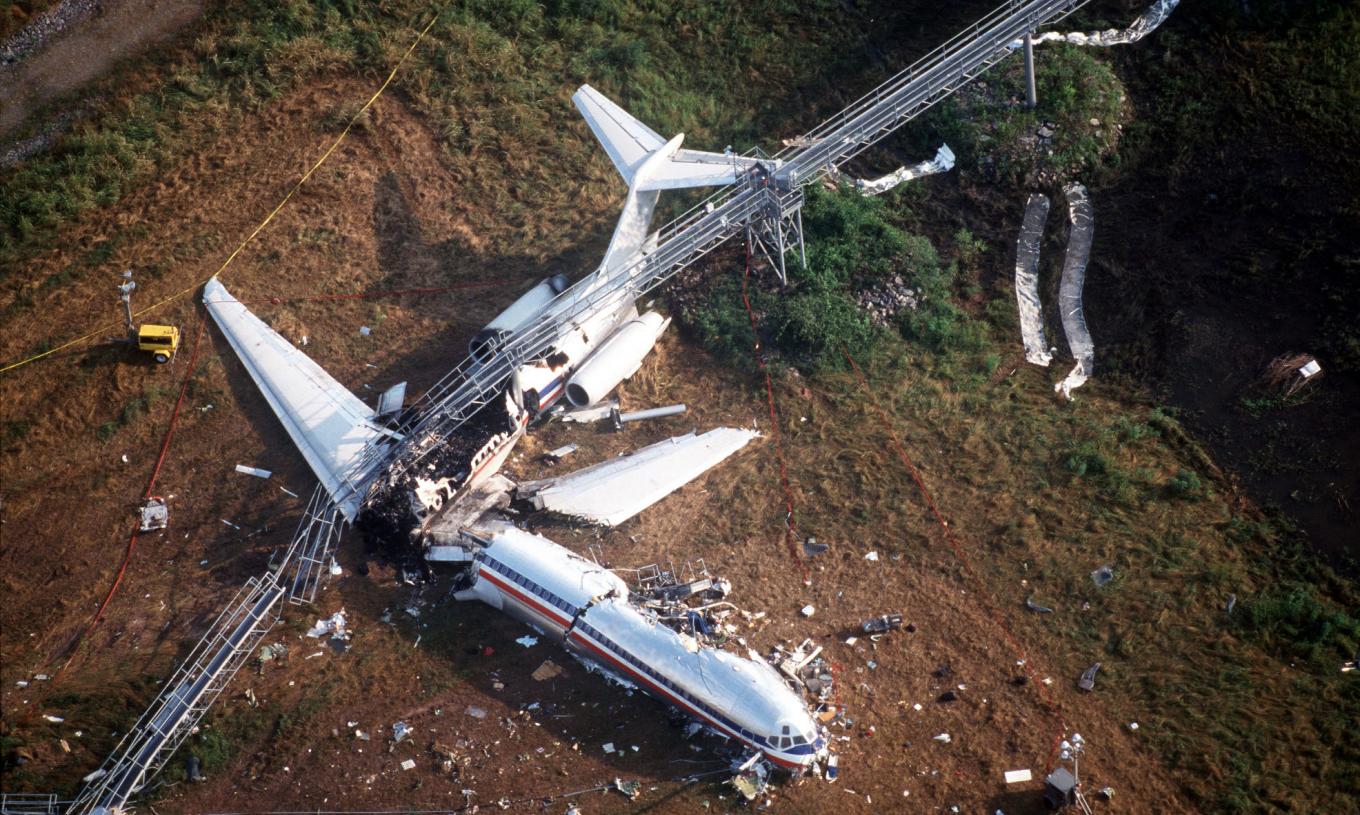About the show
Statistically, traveling by airplane is safer than driving and other forms of transportation, but when something goes wrong during a flight, it can be catastrophic with potentially hundreds of lives at stake. This series examines some of the world's worst air disasters, using official reports, transcripts and interviews with people involved to tell the stories of midair mishaps and discover what went wrong in each case.


